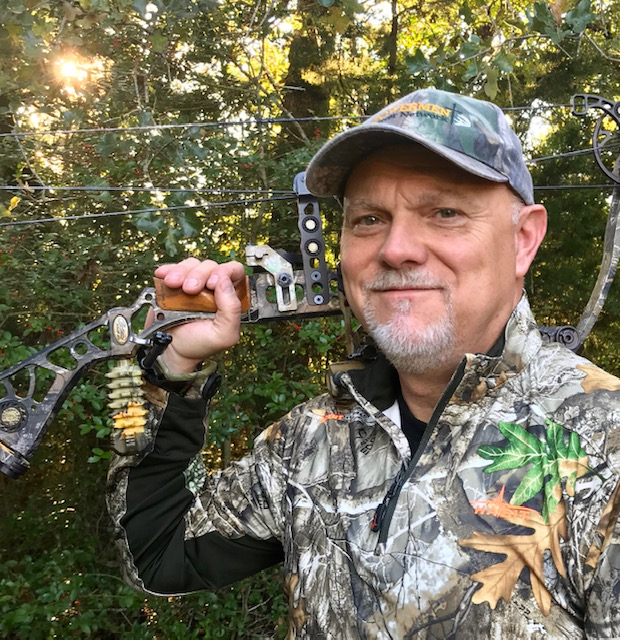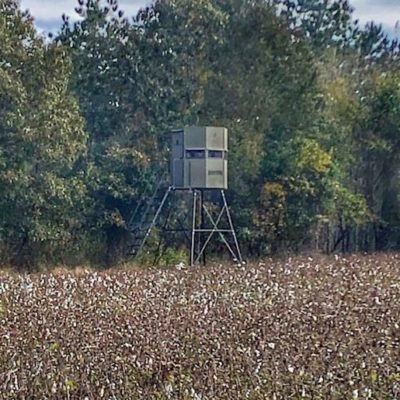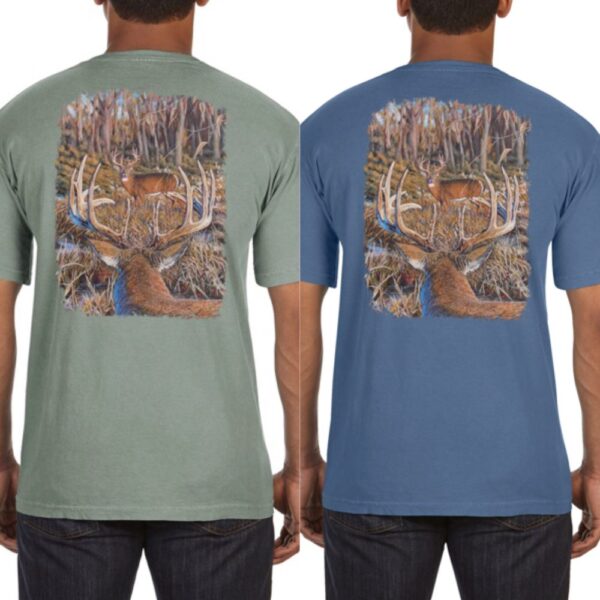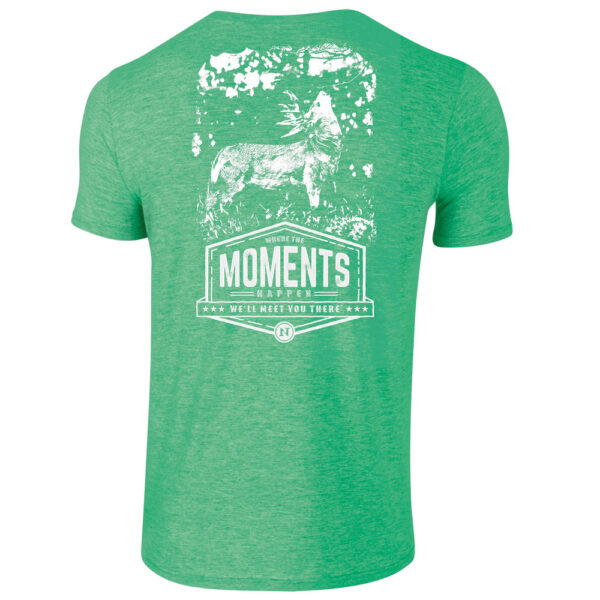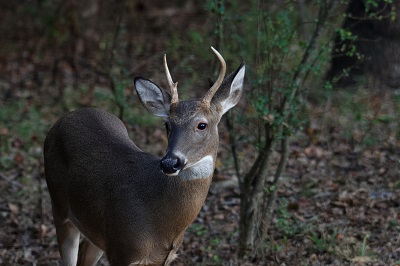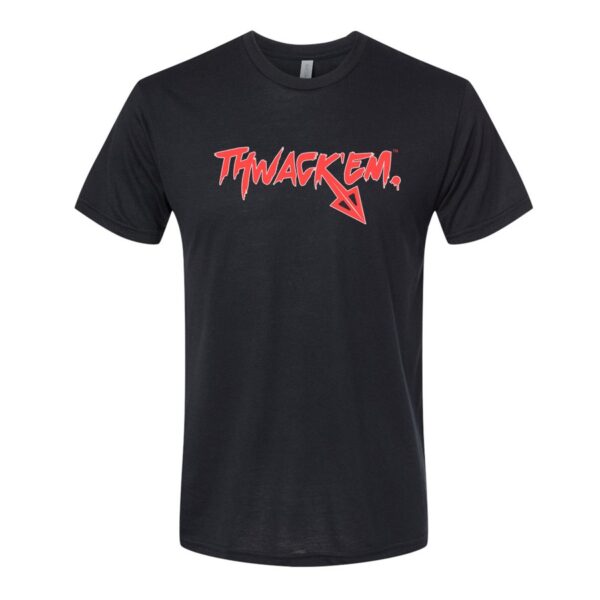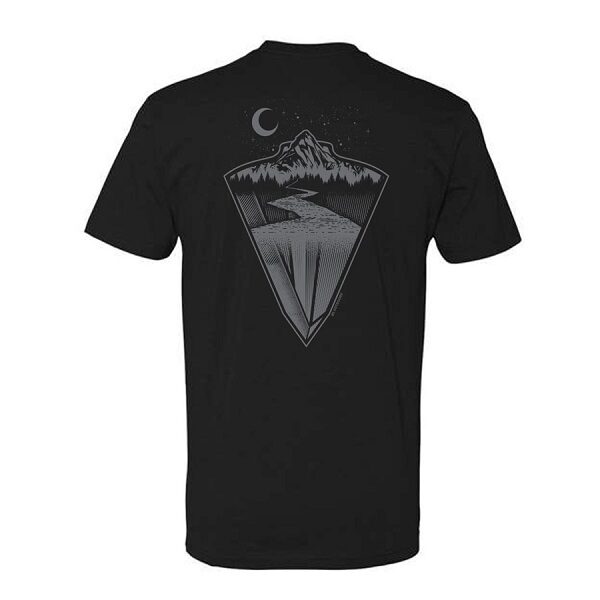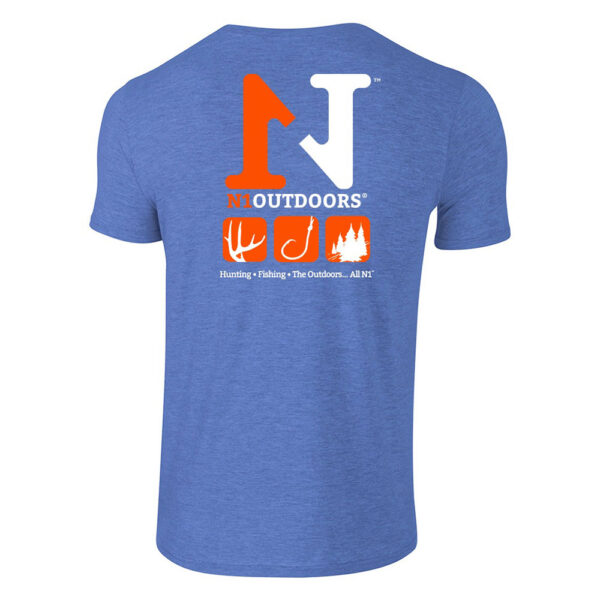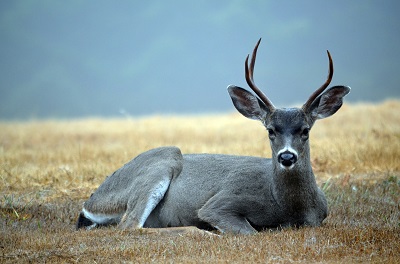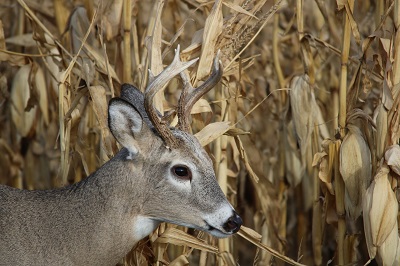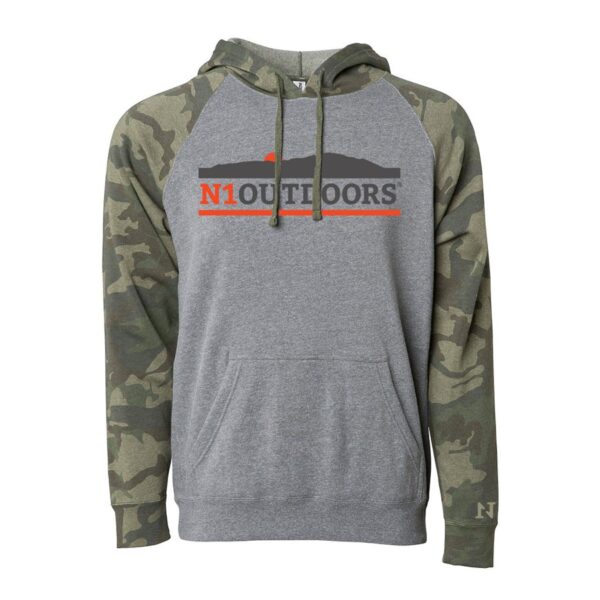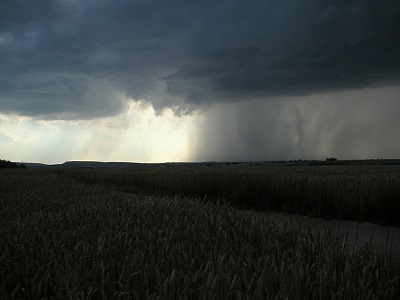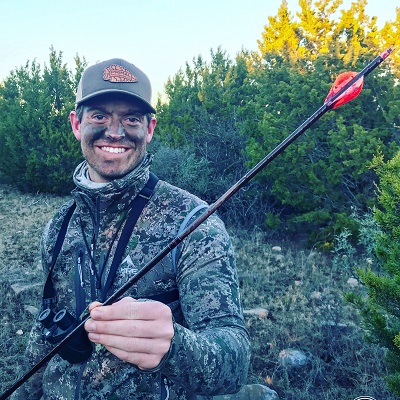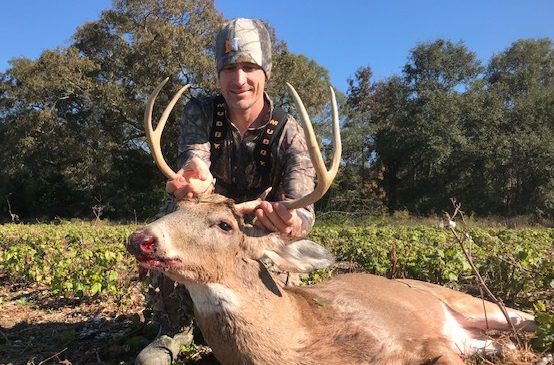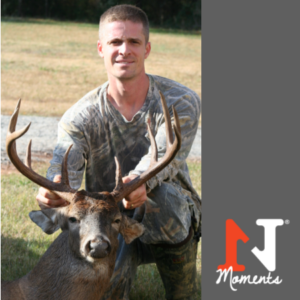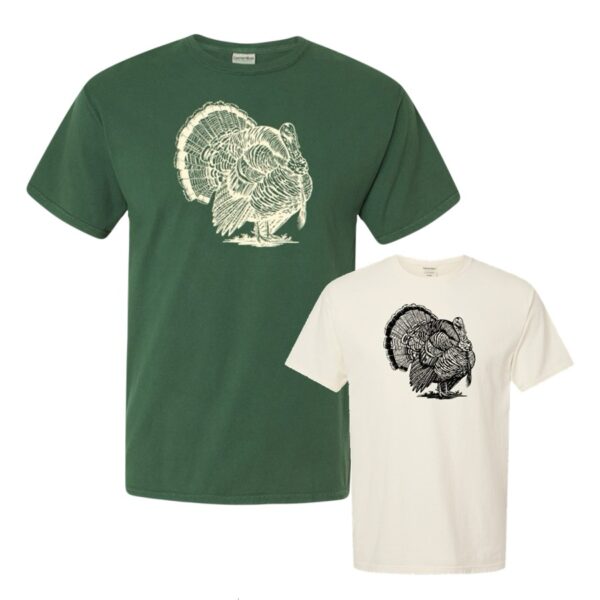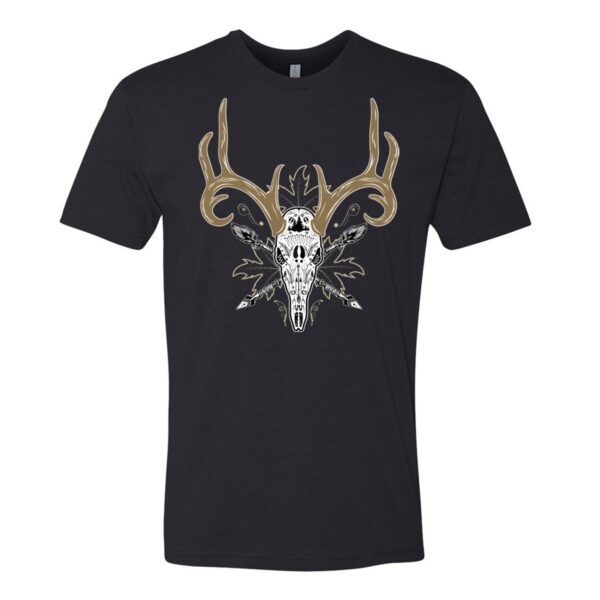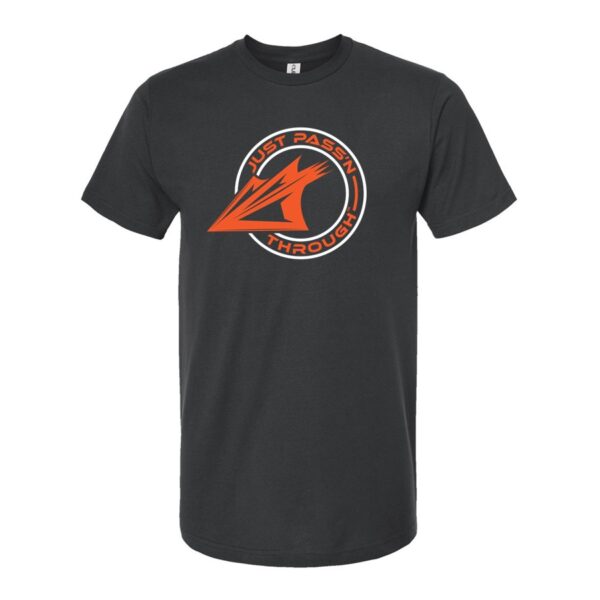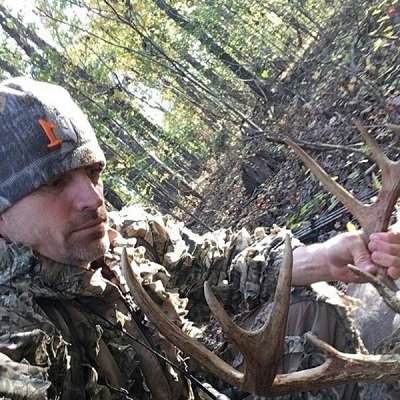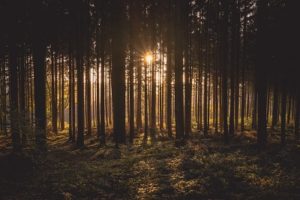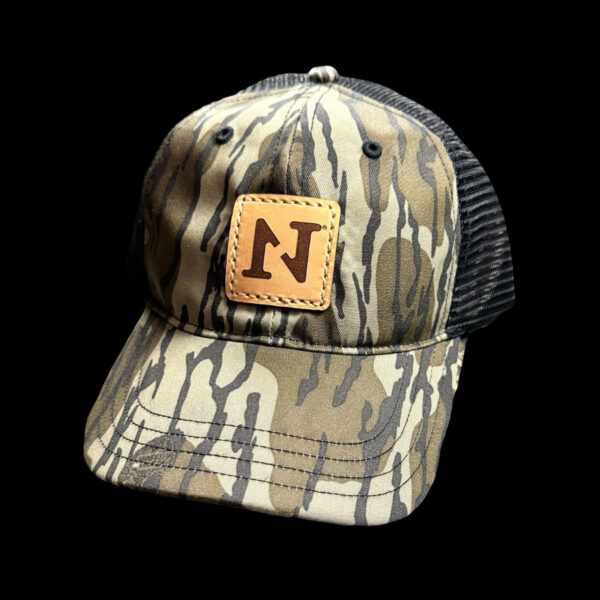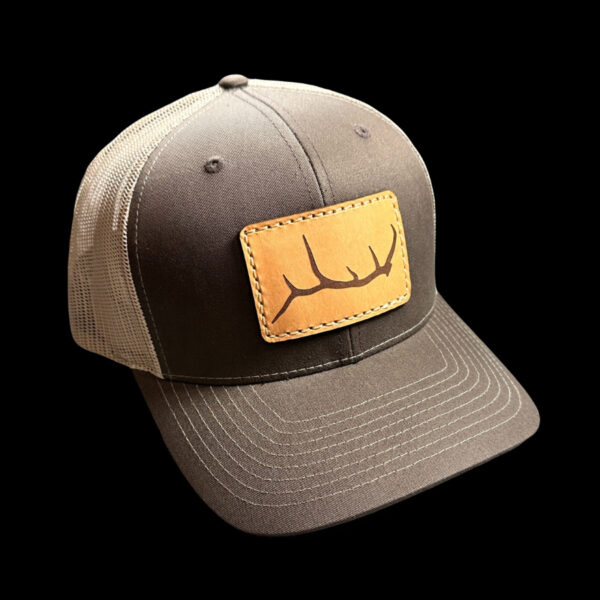I grew up in an era where box blinds were mainly built from scratch.
Although there were a couple of companies manufacturing them, it was common to use any leftover lumber we had and buy the rest of what we needed to build them ourselves. I still consider it nostalgic to see old rotted blinds in distant fields.
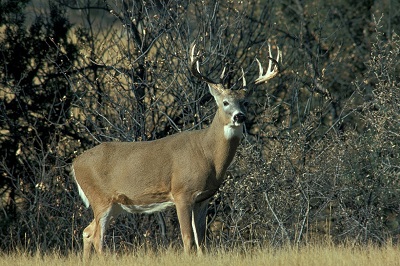
Proper blind placement can be the determining factor in taking your target buck.
Today, permanent hunting blinds, sometimes called “box blinds” or “shooting houses,” continue to be a fixture over much of the American landscape. They’re now made for both rifle and bow hunting and provide not only concealment, but protection from the elements.
Whether factory fabricated, or old and rustic, permanent blinds still have their place in the deer woods.
Permanent Hunting Blind Placement… Why, Where, And When
Perhaps the best trait of permanent blinds over other types of deer stands, is the inherent comfort that comes in handy during extremely cold weather or all-day sits during the rut.
Permanent blinds won’t help you on public hunting land, but for those that hunt private land, permanent hunting blinds are a huge cog in the hunting wheel.
It’s important to carefully consider blind placement at a basic level. There is much more to it than simply locating them over feeders (where legal) and food plots.
First of all, short of the rut, large mature bucks don’t always visit these areas during shooting hours. So, with each prospective spot, ask the simple question, “what reasons do deer have to visit this area.” Asking this question is all the more crucial for bow hunting, where good blind placement can reward you with a short, quality shot.
The off-season is a great time to place new hunting blinds or relocate old ones. But, where should you put them? Whether sitting on the ground or perched on a platform, below are a few considerations for good permanent and semi-permanent blind placement.
Hunt the Food
Let’s get this obvious alternative out of the way first. Whether near acorn-rich oak stands, mast orchards, food plots, or feeders, hunting over or near feeding areas is academic. If such an area has good cover around it, it’s especially ideal for entry and exit routes (for both deer and hunter). This popular method should always be used with at least one of your setups.
There is, however, so much more to consider.
Meet in the Middle
Like with any setup, one of the best hunting strategies regarding blind location is to sit between feeding and bedding areas. Here, it’s much to do about whitetail travel routines.
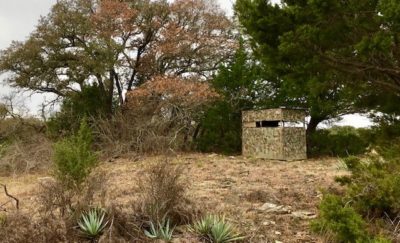
Even the slightest elevated terrain can give you better visibility during your hunt.
With a little scouting, these sections aren’t hard to find. However, you should note that sometimes the bedding and feeding area aren’t necessarily on the same property. Either way, once discovered, you can set a permanent stand in the path of the daily migration of a group, or groups of deer. These honey holes are valuable. Take time to find them. If it’s not evident during the season, make time for off-season scouting sessions in search of them.
Go to New Heights
Higher is better. When considering an area for blind placement, take a little time to look for the highest spot. Though not always noticeable at first, a spot that’s even 5-feet higher than its surroundings is desirable – especially for non-elevated blinds.
Why? Greater height means greater visibility!
Do you hunt on flat terrain? If so, still take time to assess the area. It’s uncanny how the slightest upward slopes are right under your nose. Unless the high spot has other undesirable traits, it’s a good initial alternative to consider.
Higher blind placement is better, because it gives you a greater field of vision over the terrain you’re hunting.
Heavy Trails
It’s no secret that whitetails prefer certain travel routes – often the path of least resistance. Any property frequented by deer will prove this. It’s really just a matter of finding these heavily traversed stretches. Here, a little time on the ground can yield valuable intel.
Check property lines, low creek crossings and the like. If you have deer, you can find their paths of choice.
As such, the more trails you can see from your stand, the better. If you place a stand in view of or close to an area where two or more trails converge, you’ve increased your chances for consistent deer sightings significantly.
Funnels
These days, we hear a lot about funnels or “pinch points.” The term seems to be used quite loosely too. In its most basic sense, these are areas where deer movement is reduced to a smaller section or zone.
Examples are spots where two fields are separated by a narrow section of cover or a thin passage between a creek and woodlot. Permanent stands go well with good funnels because they continue to be dependable travel corridors into the future. Find such areas and you won’t be disappointed.
Cover Your Backside
It can be easy to feel invincible sitting inside a box. But, this is where many hunters, after doing a lot of things right, blow it.
Don’t get so comfortable that you fail to consider what that box looks like from a deer’s line of sight. I’m of course talking about the silhouetting effect, and it’s important to avoid it.
First, make sure that the back of the blind is dark and solid. For example, if there is a window behind you, cover it up. If the back wall is light in color, cover it with paint or cloth.
Box blinds are large and it’s pretty hard to make them vanish. However, in this hunter’s opinion, it’s always good to mask them as much as possible. So, be sure to place the blind against brush and timber, and if possible, just inside the edge of it.
With time, deer do get used to blinds, so, why not have them blend into your surroundings more naturally? This goes into the “why not stack the odds in your favor” category.
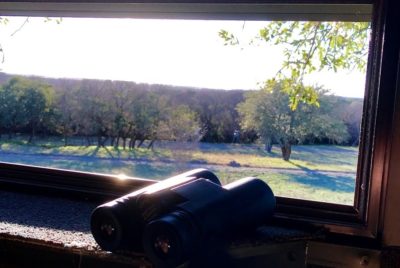
The view from inside your permanent hunting blind is just as important as how it looks from the outside.
Inside Information | The View From Within An Elevated Blind
Other than avoiding being silhouetted, there are other considerations once your settled inside the blind.
If you’re inclined to leave any of the windows closed, practice the art of quietly opening and closing them. If rifle hunting, take time to practice the shots you may be inclined to take.
Likewise, for bow hunting, identify the angles in the blind that will be difficult or impossible to shoot from. This means determining the proper height of the shooting opening(s). Additionally, physically practice the possible draw angles that may materialize in the moment.
Finally, place your chair in the optimal position for the most likely shot angle. Determine these obstacles first before you’re suddenly staring into the eyes of a target buck, or maybe even the buck of a lifetime. Most of us know all too well how fast this can happen.
In Conclusion
Locating and harvesting mature whitetail bucks isn’t easy and can take time. But, permanent stands positioned in a variety of logical locations will eventually pay dividends.
Because permanent hunting blinds are typically heavy and bulky, there is plenty of incentive to make placement decisions count. Let’s face it, these structures are not fun to move. So, use your off-season scouting sessions as an opportunity to find some of the areas mentioned above.
Sheltered and comfortable, permanent hunting blinds strategically situated in optimal areas can be productive mainstays on private hunting grounds.
And remember, if hunted smart, they are great scouting venues. Remember that no matter how attractive a given spot is, don’t hunt it at all costs. Be resolute and play the wind. In fact, make it a goal to place them in areas where they can be hunted with different prevailing winds.
Finally, shooting houses provide the perfect venue to share a hunt with a friend or family member right by your side – even in rainy, snowy, or windy conditions. Setting them in these high-percentage areas means action. A win-win.
